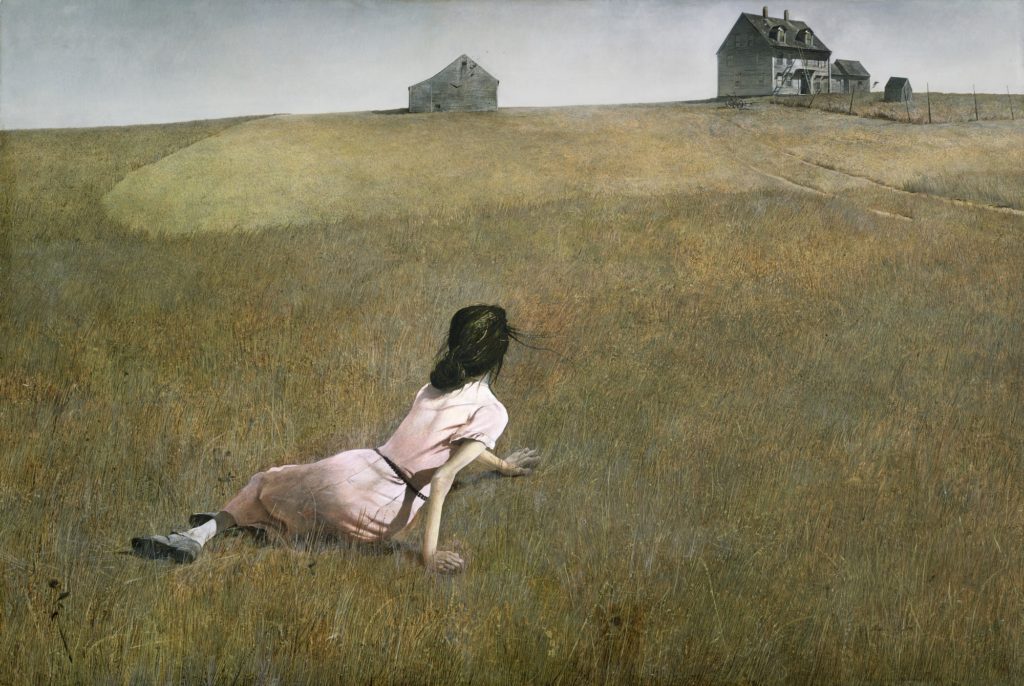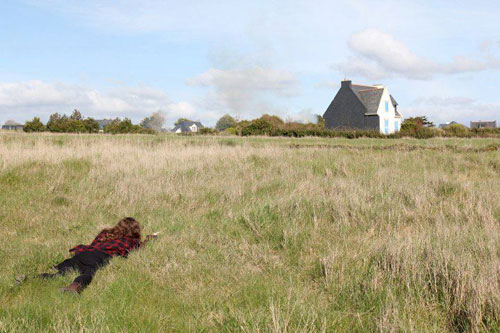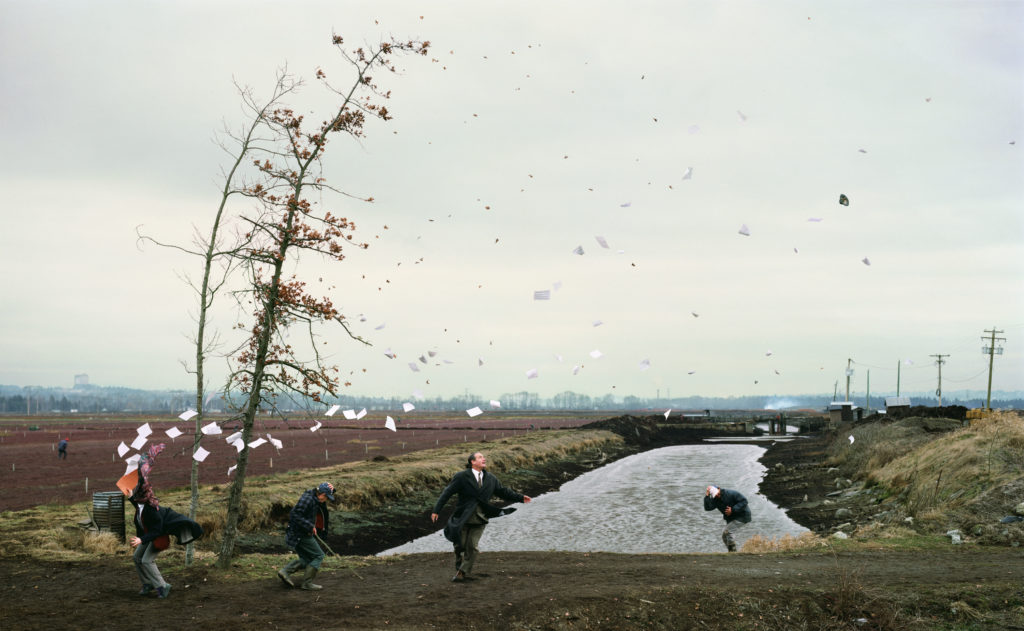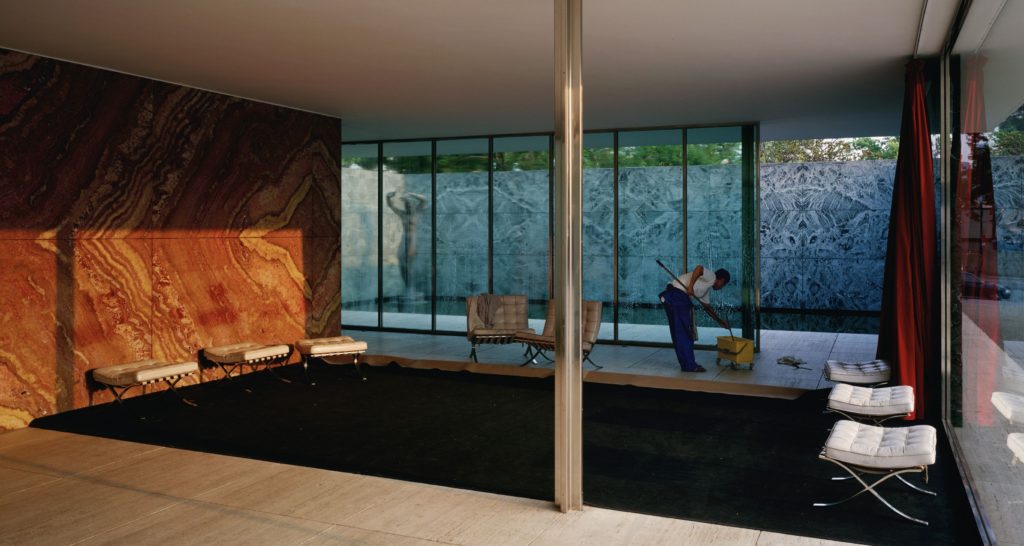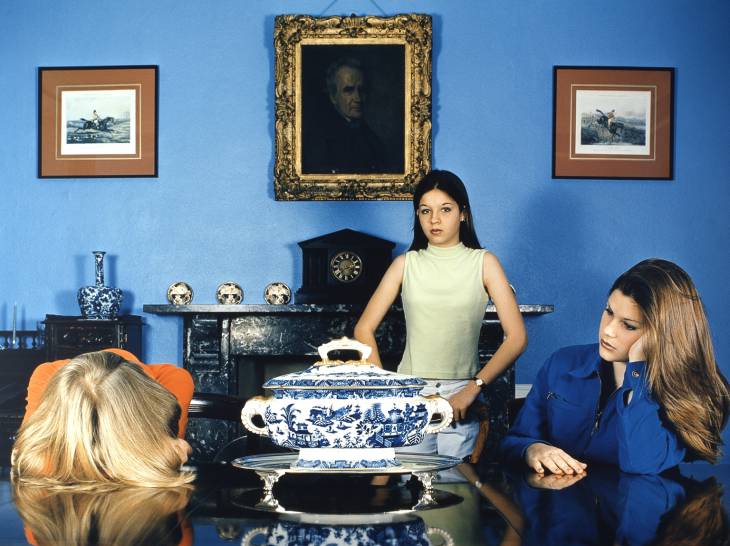Tableaux vivant is French and stands for ‘living picture’, and is a story telling scene containing one or more actors or models. The models are usually told to be: stationary and silent, usually in costume, posing in a certain way, with props and scenery, the setting may also be lit in a certain way in order to make the photo and scene look more dramatic. In order to take good tableaux photography it works well to combine both theatre and the visual arts.
“Tableaux is used to describe a painting or photograph in which characters are arranged for picturesque or dramatic effect and appear absorbed and completely unaware of the existence of the viewer. ” – Sarah Jones
HISTORY OF TABLEAU PHOTOGRAPHY:
French philosopher, Denis Diderot was the first to use ‘Tableau Vivant’ in the eighteenth century to describe paintings with a certain type of composition. Tableau paintings had the effect of walling off the observer from the drama taking place, as well as that they were natural and realistic. In his desire to make paintings that were realistic rather than idealised, Édouard Manet, a French modernist painter, decisively rejected the idea of tableau as suggested by Diderot in the 1860s, but the concept of tableau reached a crisis due to this. He painted his characters facing the viewer with a new vehemence that challenged the beholder. In the 1970s, a group of aspiring young artists such as Jeff Wall and Andreas Gursky began to make large format photographs that resembled paintings, that were designed to hang on a wall. As a result these photographers were obliged to take on the very same issues revealing the continued importance of tableau in contemporary art.

